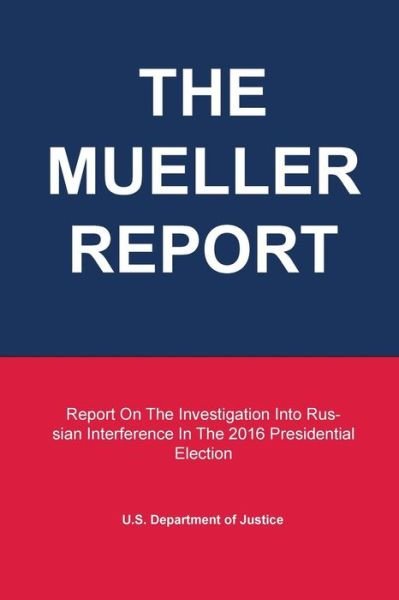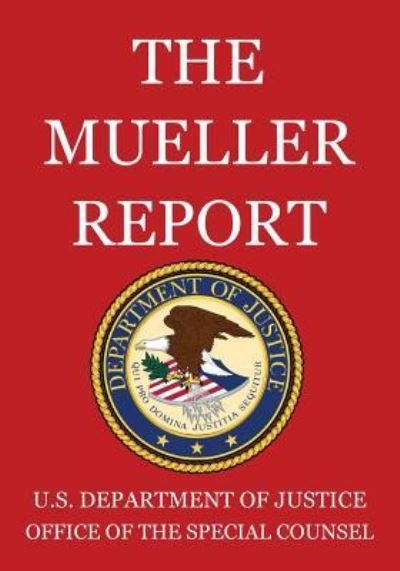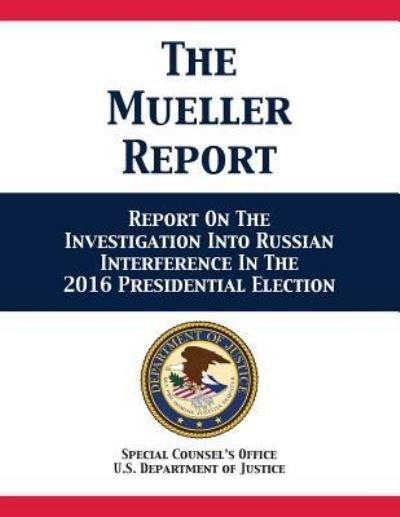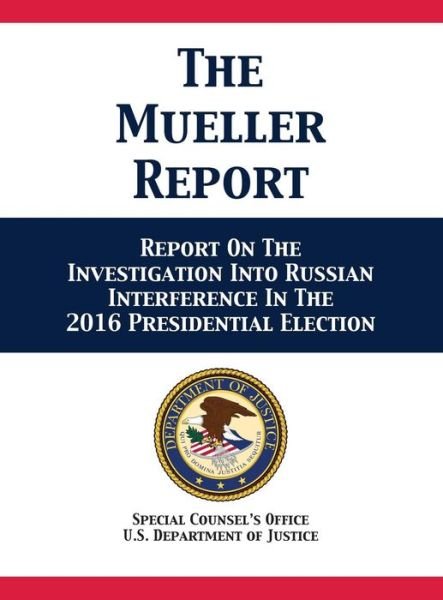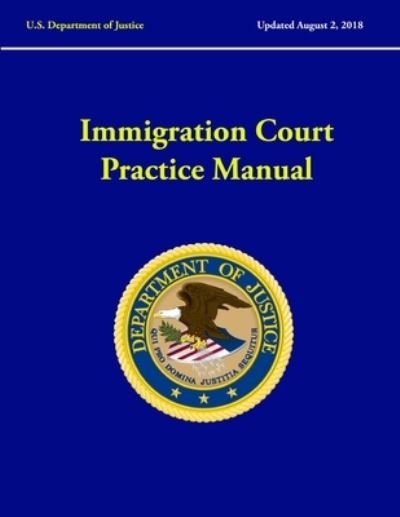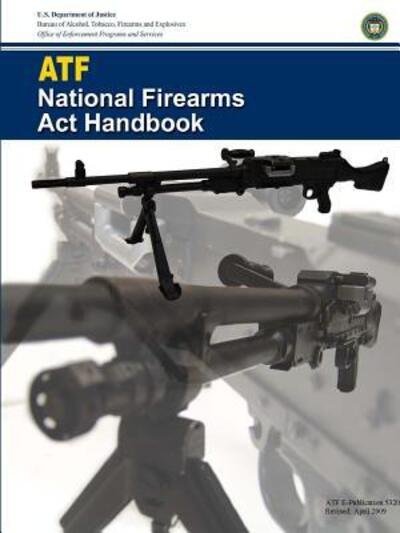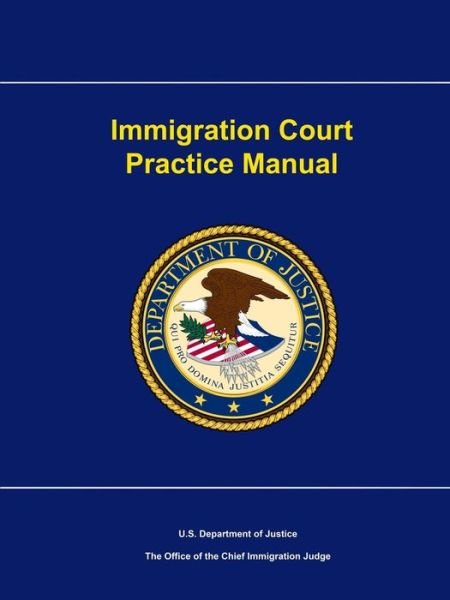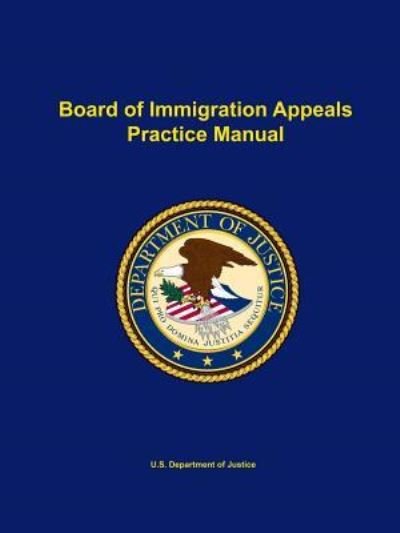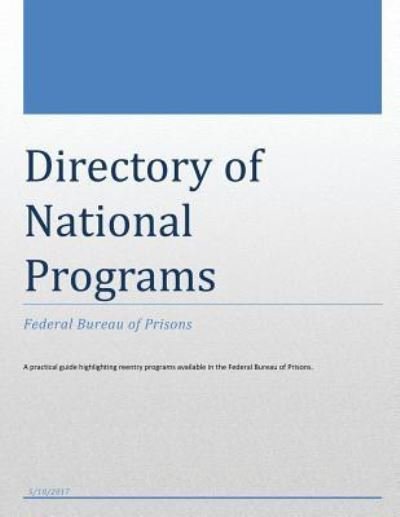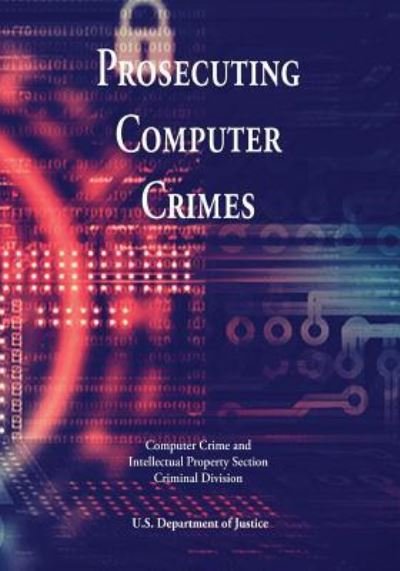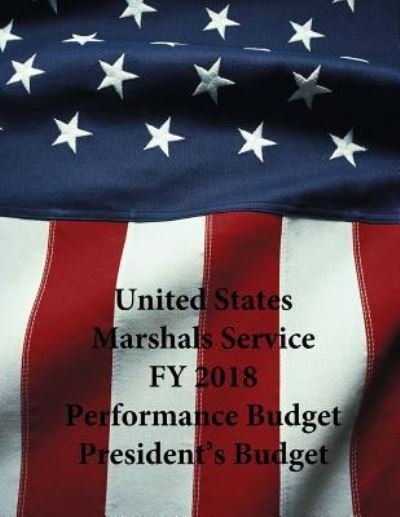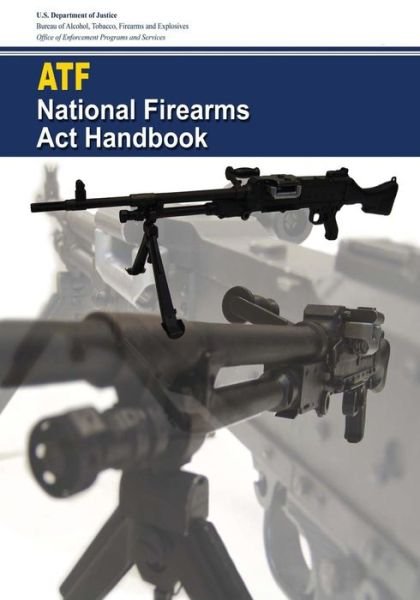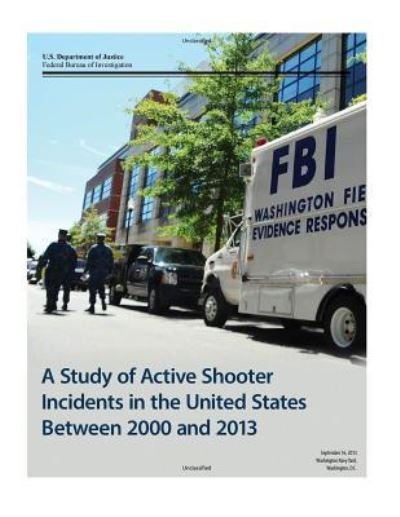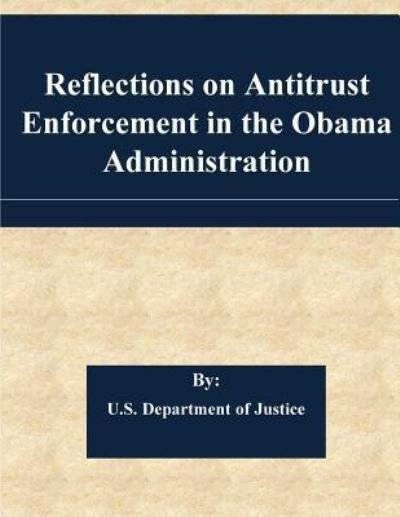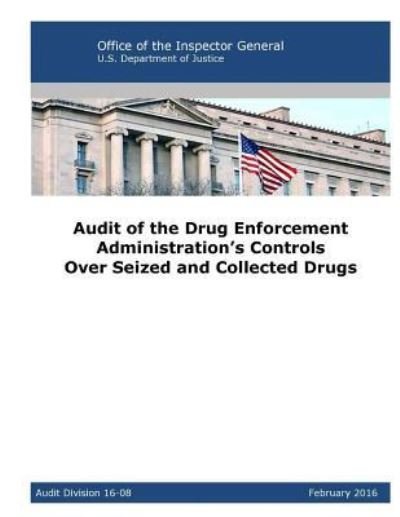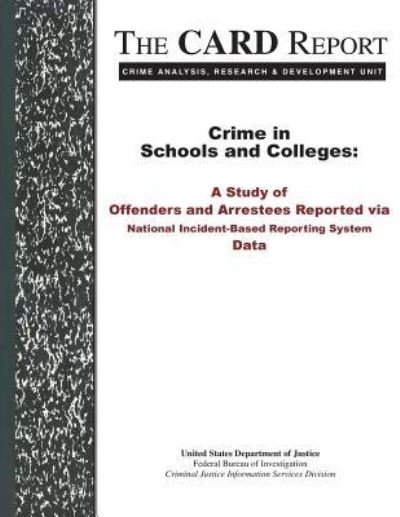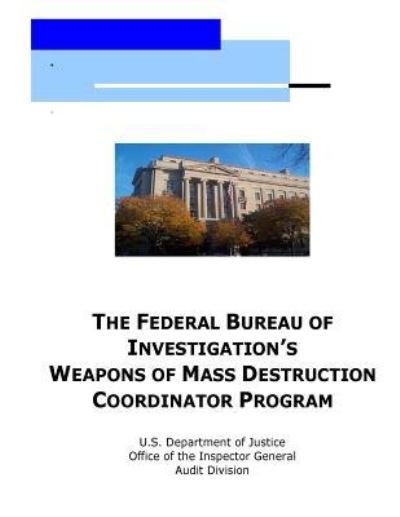
Fortell venner om denne varen:
Eyewitness Evidence: a Trainer's Manual for Law Enforcement
U S Department of Justice
Bestillingsvarer
Eyewitness Evidence: a Trainer's Manual for Law Enforcement
U S Department of Justice
Publisher Marketing: Eyewitnesses play a critical role in our criminal justice system. They are often essential to identifying, charging, and ultimately convicting perpetrators of crime and in some cases may provide the sole piece of evidence against those individuals. For these reasons, the value of accurate and reliable eyewitness evidence cannot be overstated. Cases in which DNA testing has exonerated individuals convicted on the basis of eyewitness testimony tend to make headlines, but in actuality, the frequency of mistaken eyewitness identifications is quite small. The vast majority of eyewitness identifications are accurate and provide trustworthy evidence for the trier of fact. Recognizing the weight accorded eyewitness evidence by judges and juries, the National Institute of Justice initiated a project in 1998 to research methods to improve the accuracy, reliability, and availability of information obtained from eyewitnesses. The Technical Working Group for Eyewitness Evidence (TWGEYEE), composed of experienced law enforcement investigators, prosecutors, defense lawyers, and psychology researchers, worked together to produce recommendations for the collection and preservation of this vital evidence. These consensus recommendations were included in the 1999 NIJ publication Eyewitness Evidence: A Guide for Law Enforcement. Because of the complex issues associated with identification practices, TWGEYEE recognized that its recommendations may not be feasible in all circumstances. The Guide's recommendations are not legal mandates or policy directives, nor do they represent the only correct courses of action. Rather, the recommendations represent a consensus of the diverse views and experiences of the technical working group members, who have provided valuable insight into these important issues. We expect that each jurisdiction will be able to use these recommendations to spark debate and ensure that its practices and procedures are best suited to its unique environment. Law enforcement personnel can benefit from training based on the procedures recommended in the Guide. To assist law enforcement trainers with creating and instructing courses on eyewitness evidence, including the topics of interviewing witnesses and conducting lineups, TWGEYEE has developed the materials included herein. This manual is written for law enforcement trainers to accompany Eyewitness Evidence: A Guide for Law Enforcement (hereafter, the Guide). It is presumed that the law enforcement students in the course will each have a copy of (or access to) the Guide. This manual provides much of the context for understanding why the procedures described in the Guide for the collection and preservation of eyewitness evidence may enhance the reliability of this evidence. Although the procedures described in the Guide are relatively easy to follow, it is useful for trainers to understand why procedures are important and to communicate these reasons to the students.
| Media | Bøker Pocketbok (Bok med mykt omslag og limt rygg) |
| Utgitt | 19. juli 2012 |
| ISBN13 | 9781478277057 |
| Utgivere | Createspace |
| Antall sider | 68 |
| Mål | 216 × 280 × 4 mm · 181 g |
Mer med U S Department of Justice
Se alt med U S Department of Justice ( f.eks. Pocketbok og Innbunden bok )



